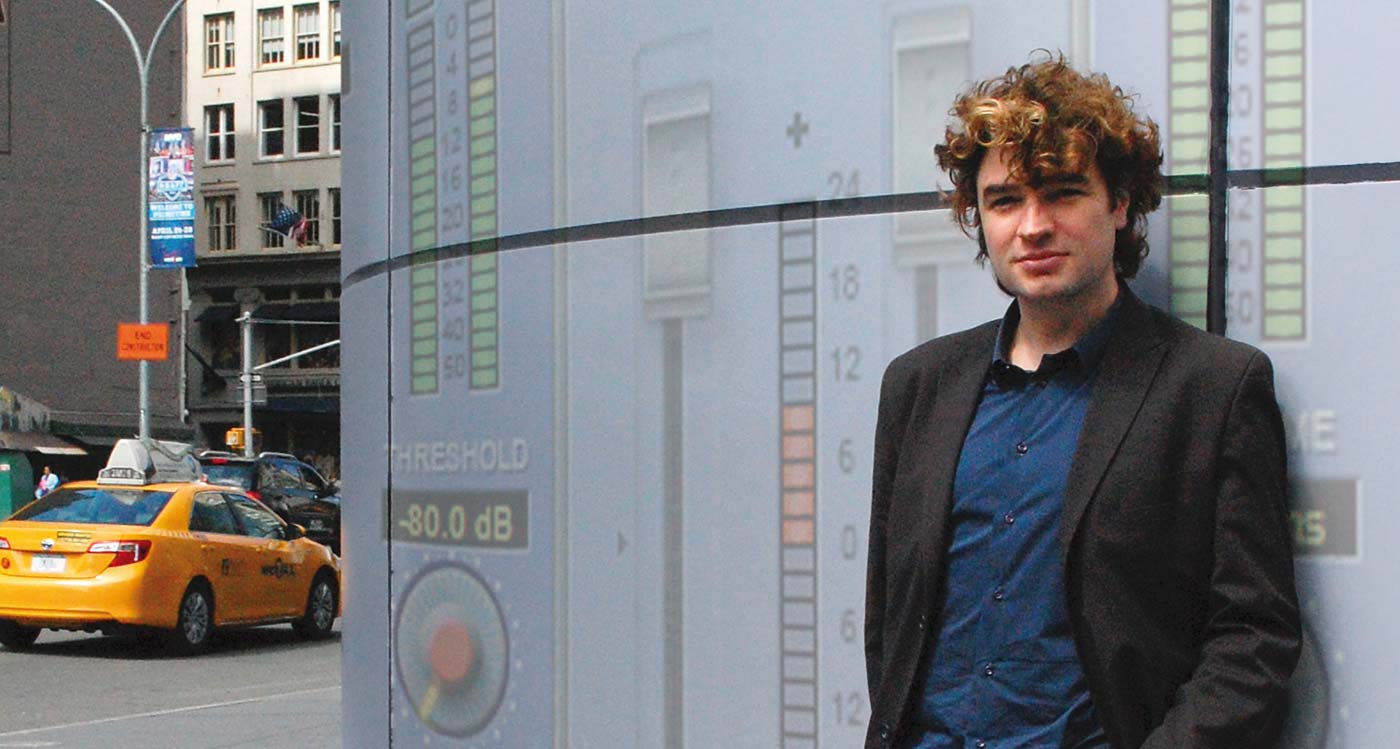Achieving a Great Vocal Sound with Fab Dupont
Grammy-nominated engineer, producer, and studio owner Fab Dupont is no stranger to crafting standout vocal tracks. With a portfolio that includes collaborations with Shakira, Jennifer Lopez, and Bebel Gilberto, and as the head of New York City's renowned Flux Studios, Fab has perfected the art of making vocals shine in any mix. We caught up with him to get his insights on how to achieve a great vocal sound using Oxford plugins.

How do you use the Oxford Dynamics on a vocal?
"Many think that for a great vocal sound, you need classic gear like a late '60s LA-2A. While those tools are fun and valuable, they compress and EQ your vocal simultaneously. Personally, I prefer to choose my own color, which is why I lean on the Oxford Dynamics for vocal compression. It's completely transparent, allowing me to achieve very even vocals without artifacts."
I prefer to choose my own color, which is why I lean on the Oxford Dynamics for vocal compression
"I can apply more compression than with other compressors, and it doesn’t sound over-compressed. It's all about flexibility and transparency—I can get the vocal to sit exactly where I want in the mix. From there, it's a blank slate for adding color if needed."
What other Oxford plugins do you use to enhance the vocal from that point?
"I often start by using the Warmth function on the Oxford Dynamics. Sometimes the track is almost there, but the vocal lacks that extra bit of edge and excitement. Adding a touch of 'Warmth' can provide that boost, creating excitement that's not just about volume. It works every time.
My next step is usually the Oxford EQ, my go-to clean EQ. I use it to high-pass and remove unwanted room resonance before running the signal into Dynamics with the Warmth feature, sometimes also utilizing the Limiter section for added control.
If there are more specific issues to address, I’ll bring in the SuprEsser—a powerful tool for de-essing or tackling problematic honky frequencies, especially when vocals haven’t been recorded well, which happens surprisingly often. The SuprEsser lets me remove these problems dynamically without sacrificing the vocal’s body, which is a game-changer.
When I need even more edge, I’ll turn to the Inflator. By carefully tweaking the Effect and Curve functions, I can achieve a vocal that’s mellow without being dull, or bright without becoming harsh. With all these Sonnox tools at my disposal, I can make sure vocals sit perfectly in the mix.
